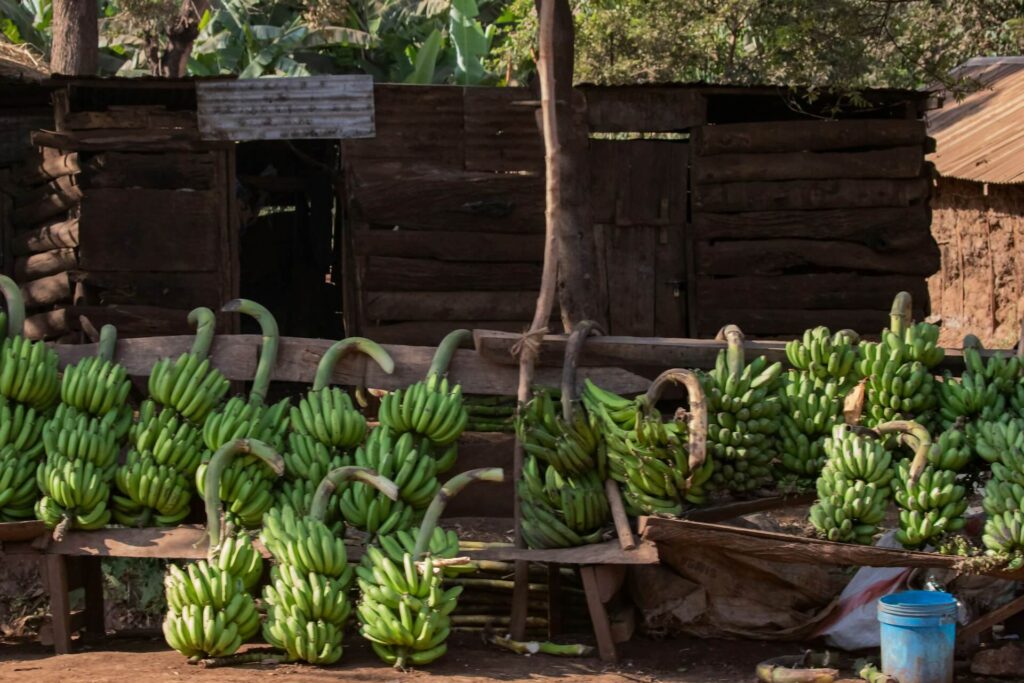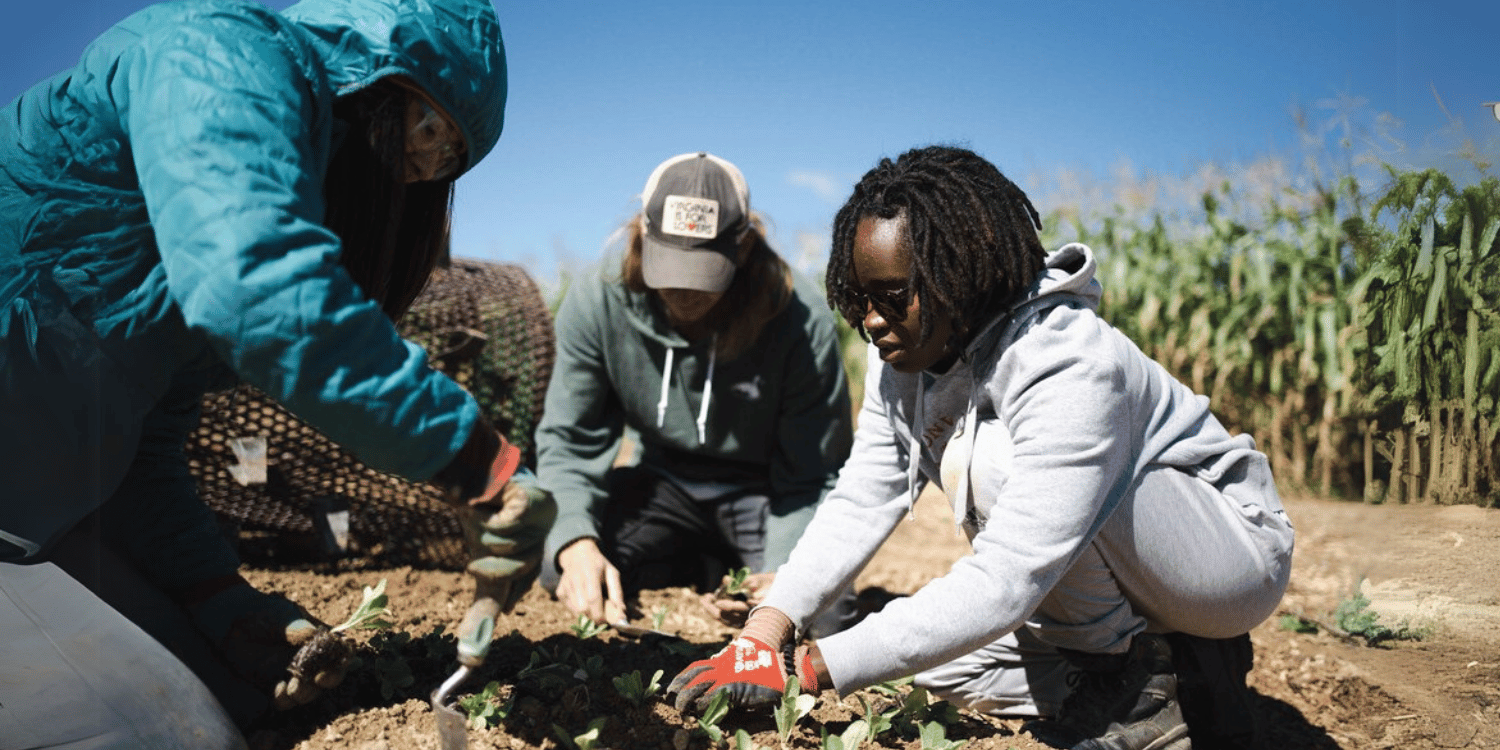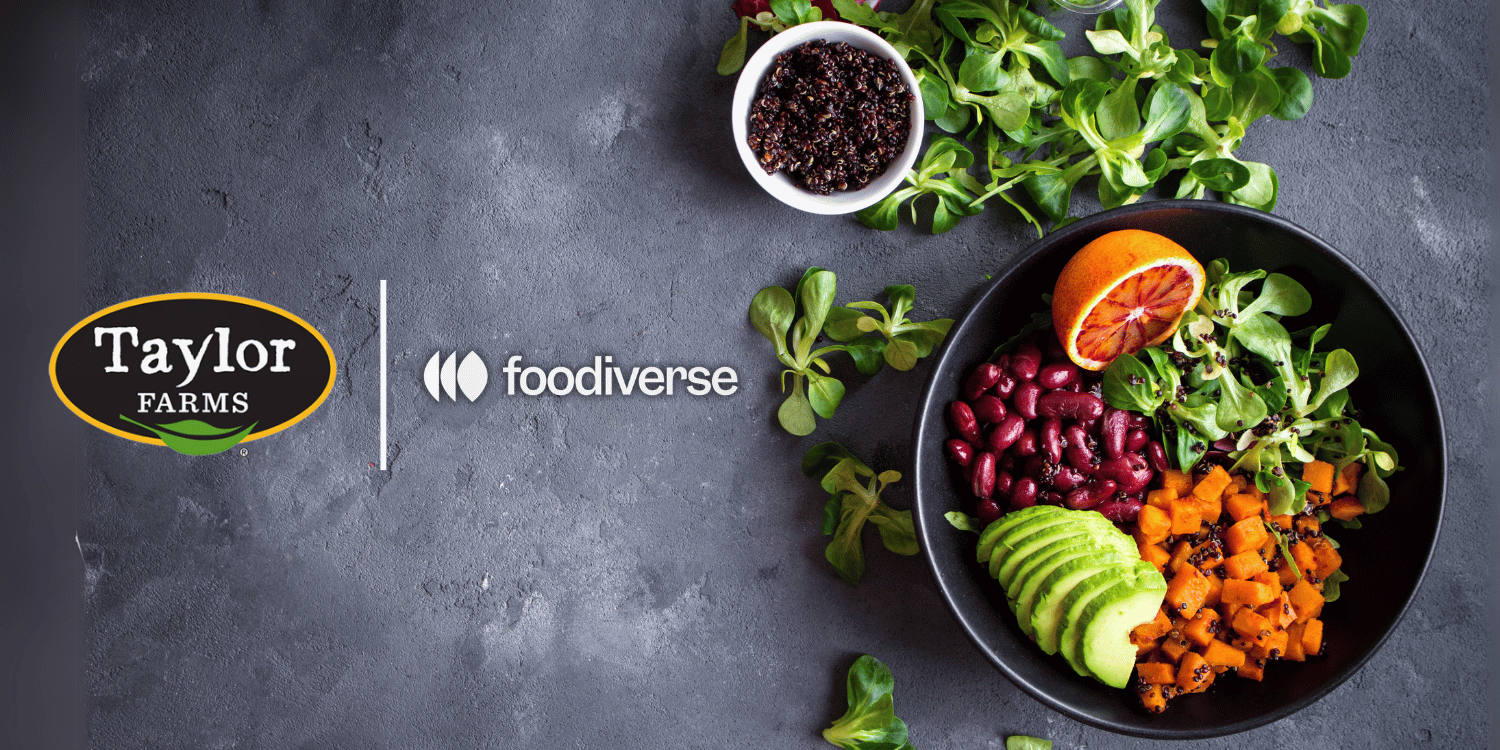Bananas are more than just a popular fruit; their global trade significantly contributes to many economies worldwide.
However, managing the supply chain for this highly perishable commodity is riddled with a multitude of challenges.
From initial harvesting to transportation and distribution, every step of the process demands meticulous attention and strategic planning.
Not to mention the additional exigency of maintaining their freshness and taste, while also adhering to international safety and health regulations.
Understanding these obstacles is key to developing effective methods, technology, and strategies for this crucial sector of the agri-business industry.
We will now dig in into these intricacies and explore the innovative solutions professionals are adopting in addressing these issues.
- Quick ripening during transportation, limited shelf-life and damage due to rough handling are key challenges in banana logistics.
- Bananas are also threatened by pests, diseases and are highly sensitive to storage conditions.
- Controlled atmosphere containers and efficient supply chain can mitigate these challenges.
- Gentle handling, protective packaging and organic pest control measures provide additional solutions.
- Optimal temperature and humidity control are essential for banana storage.
Indeed, while these key takeaways provide a solid understanding of the intricacies involved in banana logistics, the upcoming sections dig in even further. We will tackle solutions involving newer technologies like blockchain logistics and IoT for real-time monitoring, and how they can be a game changer in this industry.
We will also explore practical case studies which will give you a real-world perspective of how these challenges are being addressed by leading companies in the field. These discussions not only add depth to our understanding but also provide useful insights that can be applied in managing logistics for other perishable goods as well.
So keep on reading to enhance your knowledge about the interesting world of banana logistics and gain greater appreciation of the efforts that ensure our favorite fruit remains readily available in pristine condition at our local supermarkets.
Contents
Challenges And Solutions In Banana Logistics
1. Challenges:
In Short: Bananas face numerous challenges during the supply chain process, including rapid ripening, limited shelf-life, physical damage, susceptibility to pests and diseases, and sensitivity to storage conditions. Potential solutions include swift transportation, gentle handling, organic pest control, and optimal storage conditions; alongside these, understanding local factors and having an adaptable strategy is critical.
Discussing the complexities of the banana supply chain, it’s impossible to overlook the rapid ripening process during transportation. This makes it difficult for the bananas to maintain their fresh and unblemished state until they reach the end consumer.
It’s a well-known fact that bananas have a limited shelf-life post harvest. Even if the bananas are healthy and fully ripe when harvested, the constant ticking of the biological clock means they begin to deteriorate within a few days. This essentially shortens the time frame within which they must be transported and consumed.
The banana’s vulnerability to damage is another gray area in the equation. Owing to their delicate nature, bananas are particularly susceptible to bruising and physical damage which can occur during rough handling or transportation. This unwanted damage can lead to a significant reduction in the quality and the monetary value of the produce.
In addition to physical damage, bananas also face threats from pests and diseases. Such biological challenges can compromise the health of the banana crop and consequently affect the overall production rates. Pests and diseases are a constant fear for growers, posing significant risks for the quality, yield, and longevity of the banana crop.
Moreover, sensitivity to storage conditions makes the logistics for bananas more intricate. It’s important that bananas are stored in favorable conditions that neither accelerate their ripening process nor expose them to unfavorable environmental factors.
In a bid to streamline the challenges faced, below is a list of potential areas that focus on key issues and offer possible solutions. Please note that some items in the list may not apply to all scenarios and a combined approach is often most effective.
- Swift and efficient transportation can help counter the issues of quick ripening and limited shelf-life.
- The use of gentle handling methods and protective packaging can minimize banana damages due to rough handling.
- The implementation of organic pest control measures can prevent diseases and pest attacks which pose as threats to banana production.
- Maintaining an optimal storage temperature and humidity control is critical to regulate the banana ripening process.
This brings us towards the end of elucidating the challenges in banana logistics. I want you to remember, that these challenges mentioned above, are general in nature, and can vary depending on multiple factors.
Across different regions, growers and logisticians may face unique challenges depending on the local climate, indigenous pests, and specific shipping routes. Therefore, it’s critical to have local knowledge and insights to ensure the best possible solutions are adopted.
Similarly, make sure that the strategy deployed is agile to face these challenges swiftly and efficiently. It must be equipped to handle unexpected circumstances, such as sudden changes in weather, that could potentially disrupt the supply chain.
Indeed, these obstacles are not to be taken lightly. Each day, every banana grower and logistician has the responsibility of handling these valuable and perishable goods with care and precision.
However, as we have seen, these challenges are not insurmountable. They require a thoughtful, systemized approach that takes into account the unique characteristics of bananas as a commodity.
Next, we will explore some of these solutions in more detail, aiming to find more effective and cost-efficient ways to overcome the challenges in banana logistics.
1. Quick ripening during transportation
In Short: Quick ripening of bananas during transportation poses a major challenge in banana logistics, limiting their shelf life and affecting profitability. Solutions include modifying the transportation atmosphere, regulation of temperature, protecting from physical shock, and usage of controlled atmosphere containers to maintain ideal conditions during transportation.
One of the major challenges faced in banana logistics is the quick ripening of bananas during transportation.
In the process of moving bananas from their point of harvest to the market places, the environmental conditions can catalyze the process of ripening which results in a lesser shelf life for the bananas.
This significantly cuts down the period in which they can be presented for sale before they start deteriorating, thus affecting the profitability of the banana business.
Clearly, delaying the ripening process during transportation is key to extending the life of bananas and ensuring more get to the market while still in good condition.
This challenge requires a strategic approach to the transportation process.
After careful consideration of different aspects, a few potential solutions were identified:
- Modification of the transportation atmosphere: This option includes alteration of the concentration of gasses within the transportation chamber can help delay the ripening process.
- Temperature regulation: Maintaining the temperature in the environments where the bananas are kept during transportation at optimal levels also contributes significantly to slowing down the ripening.
- Protection from physical shock: The physical handling of the bananas also has a huge role to play in their ripening process. Gentle handling and protective packaging would help ensure that the fruits are less stressed and therefore ripen much slower.
In view of the aforementioned, creating a cold chain would ensure consistent temperature from harvest through shipping, storage and distribution.
The fact that the temperature can accelerate or slow down the ripening process should be cause for investment in temperature control methods during transportation.
Another point to consider is the physical handling of bananas during transportation.
Bananas are highly susceptible to physical stress, which can increase the rate of ripening. Therefore, gentle handling and protective packaging should be made key components of banana logistics.
The most recommended packaging for bananas is the use of controlled atmosphere containers that maintain ideal gas concentrations and temperatures during transportation. This thereby help preserve the bananas in their state until they reach the markets.
Moreover, bananas are more susceptible to ripening when they are exposed to ethylene gas. Hence, minimizing the ethylene exposure during transportation would considerably slow down maturation.
Therefore, incorporating a way to absorb ethylene in the transportation trucks or containers can be a remarkable solution to prolong the life of the bananas during transportation.
2. Limited Shelf-Life Post Harvest
In Short: Bananas have a limited shelf-life post-harvest due to their sensitivity to temperature changes and long distances between harvest and consumption. Solutions such as chemical treatments, controlled atmospheres, and modified packaging can extend the shelf life, but they require strategic investment.
One of the major headaches associated with banana logistics is the limited shelf-life post harvest.
Unlike other fruits and vegetables that can be stored for long periods without significant changes to their quality, bananas maintain their prime quality for a rather short period after they are harvested.
This is particularly challenging for banana farmers and exporters because bananas are usually grown in tropical countries, and they are often shipped to far-off places where they are not grown locally.
The time-span from harvest to consumption can sometimes last several days to several weeks, based on the distance between the banana plantation and the final consumer.
This issue of limited shelf-life is further exacerbated by the fact that bananas are very sensitive to temperature changes.
They ripen much more quickly at room temperature than in a controlled atmosphere, making them more susceptible to going bad if not consumed in due time.
The ripening process of bananas involves the conversion of starch into sugars.
Once a banana has reached its peak ripeness, it starts to grow softer and develop black spots as the sugars in the fruit start to decompose.
However, modern science and technology have come up with several ways to mitigate this challenge.
Let’s discuss some of the most popular strategies currently employed in the industry:
- Chemical treatments – This involves the use of chemicals such as ethylene to control the ripening process of bananas. This can extend their shelf life by a few days or even weeks.
- Controlled atmosphere – Bananas can be stored in a controlled atmosphere with lower temperature and reduced oxygen levels. This can significantly slow down the ripening process and extend their shelf life.
- Modified packaging – Some fruits emit ethylene, a natural ripening agent. By using modified packaging technology, the level of ethylene can be controlled, thus extending the shelf life of bananas.
While these solutions can help extend the shelf-life of bananas post harvest, they also require investments in terms of infrastructure, equipment, and expertise.
Pro Tip: One of the major challenges in banana logistics is managing the fruit’s limited shelf-life post harvest, especially because bananas, often grown in tropical countries and shipped globally, are very sensitive to temperature changes and ripen quickly, potentially spoiling before reaching consumers.
Therefore, it’s imperative for those involved in the banana logistics to weigh the costs and benefits of these solutions and apply them as required.
Lastly, it’s essential to mention that as we face the ever-increasing demands for bananas globally, reducing waste through improved post-harvest handling and logistic solutions will be integral to ensuring the sustainability of the banana industry.
3. Damage due to rough handling
In Short: Rough handling throughout the distribution process significantly impairs the quality and commercial value of bananas. Overcoming this challenge requires a careful, multi-pronged approach, encompassing gentle handling, proper packaging, and considerate transportation and retail display.
One of the growing concerns in the world of banana logistics is the damage caused by rough handling.
Rough handling significantly impacts the quality, and in turn, the commercial value of bananas.
Due to the delicate nature of bananas, any harsh interaction during sorting, packing, and transportation can leave them with bruises and damages.
It’s important to note that these damages may not be immediately visible, but they degrade the banana’s quality over time, making them unsuitable for sale.
So what causes this rough handling? It can be linked to numerous factors:
- Manual loading and unloading of bananas can often lead to bruises.
- Harsh transportation conditions, including bumpy roads or turbulent sea journeys, can damage the fruit.
- Finally, the handling at retail outlets can also cause harm. Bananas are often stacked high on display, which can result in crushing injuries to those at the bottom.
Now, tackling this challenge requires a multi-pronged approach. Primarily, great care should be taken at every stage of the bananas’ journey, starting right from the farm.
Fruit pickers should be trained to handle the produce gently and efficiently. Proper harvesting techniques should be employed to ensure the bananas are undamaged when they leave the farm.
The next step is careful packaging. Companies should use packaging materials that provide cushion and protection to the bananas.
Using crates instead of bags can help reduce the compression and hence, the risk of bruising.
During transportation, using vehicles specially designed or adapted for fruit transport can help manage the shocks and vibrations that can cause damage.
Ensuring that these vehicles travel on smooth, well-maintained roads can also prevent unwanted jolts to the produce.
Finally, the retailers should be encouraged to handle the bananas carefully and considerately, and to display them in a way that doesn’t damage the fruit.
Pro Tip: To maintain the quality and commercial viability of bananas, careful attention must be given at every stage, from harvesting to retail, avoiding rough handling that causes damage not immediately visible but that degrades quality over time.
This might include stacking them in shallow boxes or trays, so there’s less pressure on the fruit at the bottom.
As we all know, while damaged caused by rough handling is a substantial challenge in banana logistics, it’s one that can be overcome with careful attention to every stage of the process, from the farm to the store.
4) Threats from pests and diseases
In Short: Bananas face significant threats from pests and diseases during growth, storage, and transportation, with insects, mites, fungi, bacteria, and viruses potentially disrupting the supply process and causing financial losses. To ensure the quality and safety of bananas during the logistics process, measures such as organic pest control, quarantine, proper sanitation, constant monitoring, a coordinated response plan, up-to-date knowledge, and staff training should be implemented.
One of the significant challenges in the logistics of bananas is the constant threat posed by pests and diseases.
These threats can derail the entire supply process, leading to substantial financial losses.
Banana plants are susceptible to various kinds of pests and diseases, from insects and mites to fungi, bacteria, and viruses.
In particular, the Banana bunchy top virus (BBTV) and the Banana Xanthomonas wilt (BXW) are two of the most destructive diseases.
It’s not just the cultivated plants that are under threat; pests and diseases can also affect the harvested bananas during storage and transportation.
Even a minor pest or disease infestation can rapidly spread across the entire shipment.
Therefore, it’s imperative to employ measures that will protect the quality and safety of the bananas during their journey.
I would like to highlight some of these measures:
- Using organic pest control measures: It involves the use of biocontrol agents or beneficial insects that naturally control pest populations, eliminating the need for harmful pesticides.
- Implementing strict quarantine measures: This can help prevent the introduction and spread of pests and diseases, particularly in regions where they have not previously affected banana plants.
- Ensuring proper sanitation practices: It involves cleaning and disinfecting all equipment and storage units used to handle, store, and transport bananas.
Along with these measures, constant monitoring of the bananas at each stage of the logistics process is crucial.
Advanced monitoring technologies can provide real-time data on any changes in conditions that could lead to pest or disease infestations.
Moreover, having a well-coordinated response plan in place is critical. From the point of detecting an issue, through to isolating the affected bananas and properly disposing of them, each step in the response needs to be swift and efficient to minimize damage.
Furthermore, keeping up-to-date knowledge on new and emerging pests and diseases, and the latest control methods, is important. Such knowledge aids in formulating effective strategies for pests and diseases management.
Finally, staff training must not be overlooked. All staff involved in the logistics process should be trained on pest and disease identification, monitoring methods, and control measures to maintain the integrity of the supply chain.
Despite the challenges, effective implementation of these measures, coupled with continued research and development into better ways to combat pests and diseases, can help to ensure the quality and safety of bananas throughout the logistics process.
The Bottom Line
Banana logistics presents a complex array of challenges, from maintaining the quality and freshness of the fruit, to navigating unpredictable weather patterns and ensuring secure supply chains. However, through innovative solutions such as advance technology for storing and transporting, adopting sustainable farming practices, and strengthened traceability methods, these obstacles can effectively be countered. Although the journey from tree to shelf is filled with potential pitfalls, meticulous planning and strategic investment can greatly enhance success rates. In the end, the future of banana logistics relies heavily on our ability to innovate, adapt, and evolve to the changing requirements of this global industry. Such continuous improvements will ensure a reliable and efficient banana supply, contributing to the global economy and healthy diets worldwide.




















